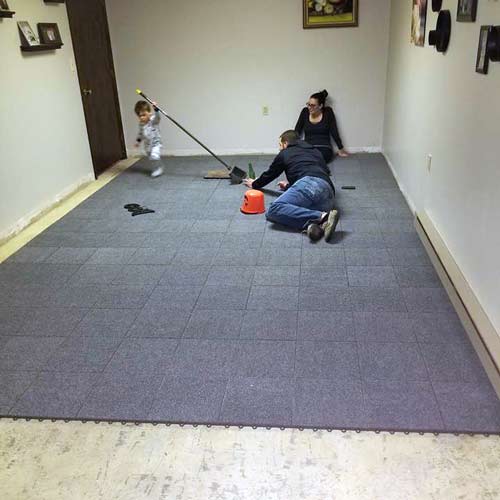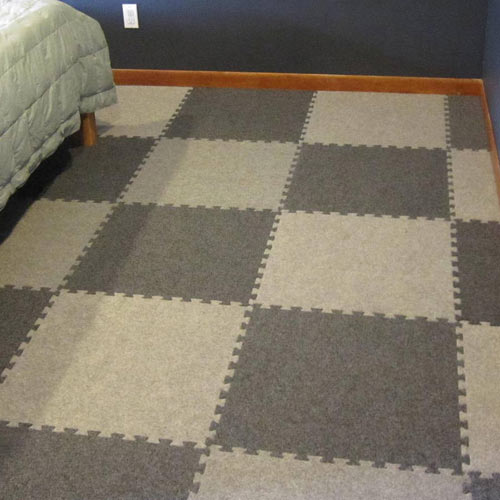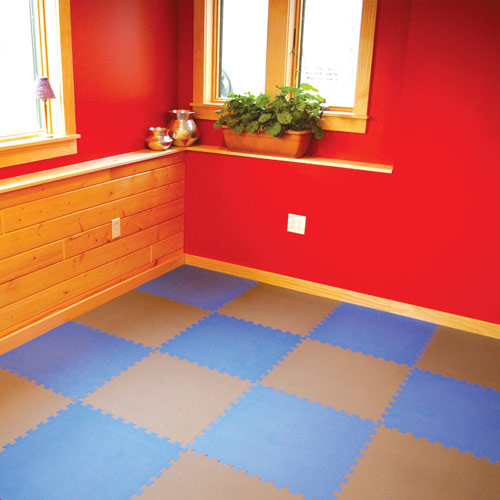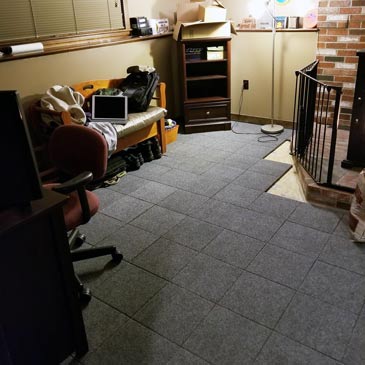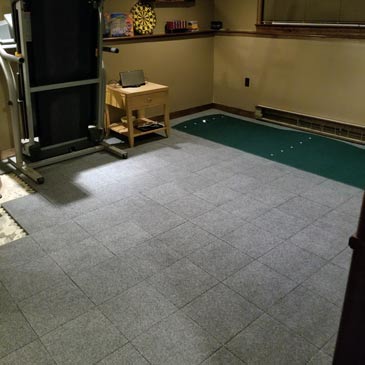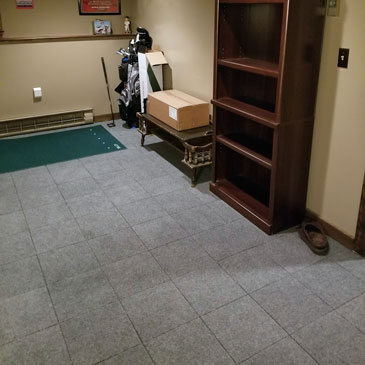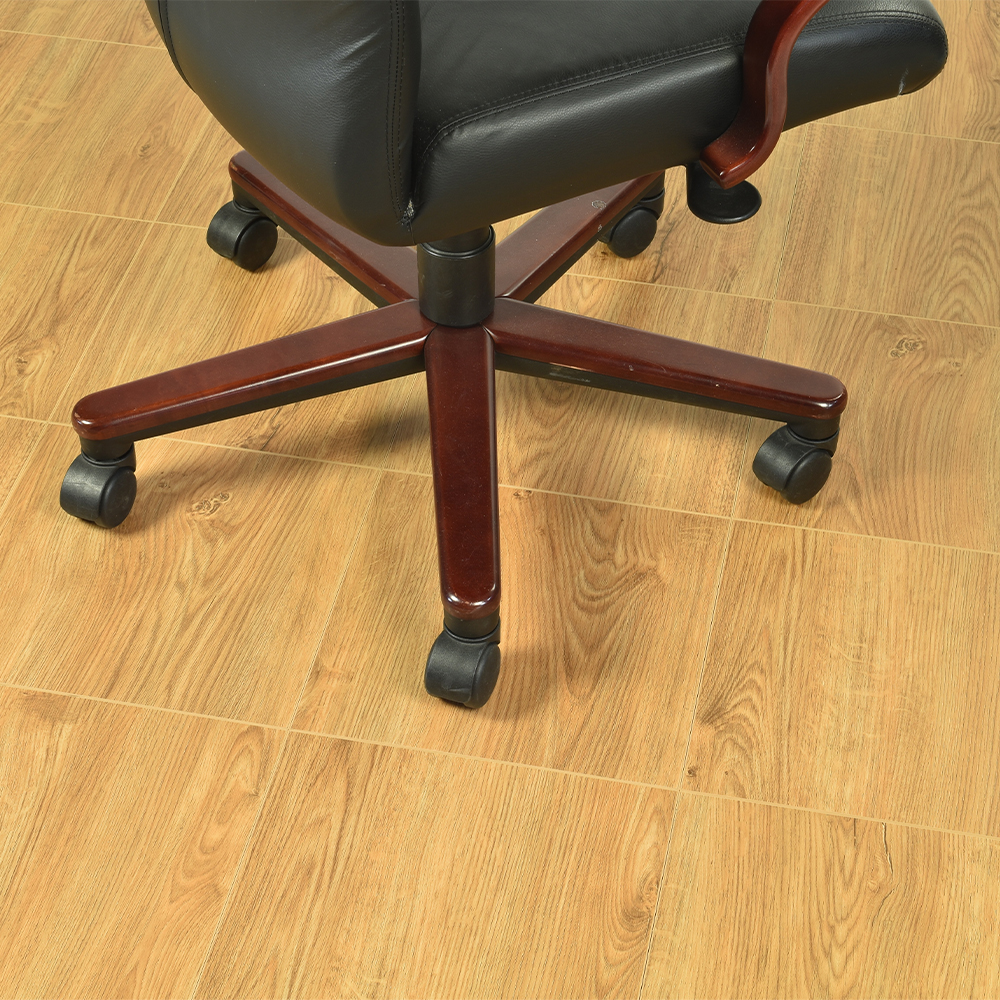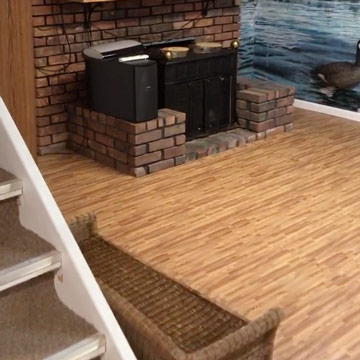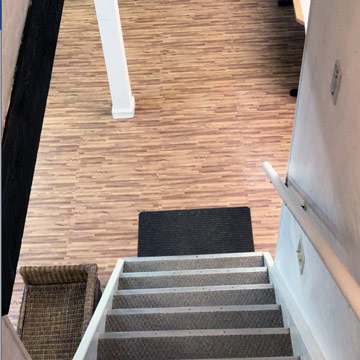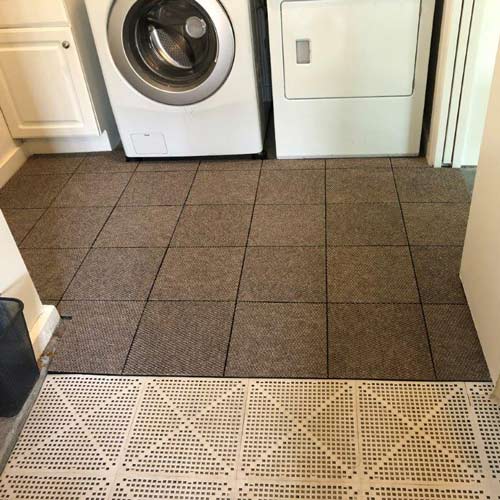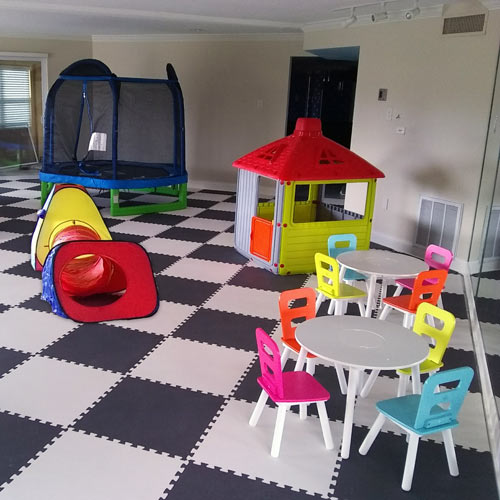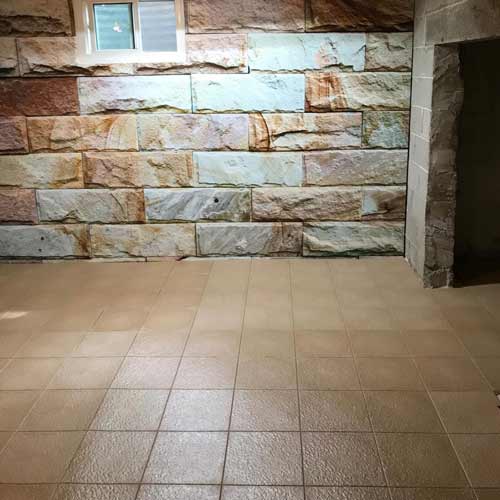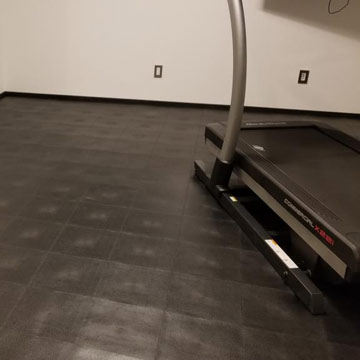What Is A Floating Basement Floor?
Related Product: Max Tile Raised Floor Tile 5/8 Inch x 1x1 Ft.
How Does Floating Basement Flooring Work?
Floating basement flooring takes shape by installing a floating tile system over an existing subfloor such as a concrete or carpet floor surface. Interlocking modular floor tiles are an easy and popular way to create a floating basement floor.What Are the Purposes of a Floating Floor in a Basement?
Users choose floating tile systems for all kinds of basement situations, from home gyms to entertainment rooms. Whatever the vision, floating floors are also an easy way to transform a basement into an entirely new room. With such a quick and easy installation, it takes no time at all to turn a neglected basement space into a well-loved and often-used space.Floating floors can be a great pick for basements quite susceptible to moisture. Because basements tend to hold moisture more than other rooms, it is important to be aware of potential moisture buildup under the floor. Floating floor installation makes it easy to check out the moisture situation. Certain modular floor tiles can always be lifted up and dried out if needed.
There are also raised floating floors that allow air to pass underneath, which also helps prevent moisture buildup. All that being said, not all floating tile systems do well with moisture, so it is important to choose a water-resistant floating basement floor material.
Further, floating flooring installations are ideal for temporary flooring. Without any permanent adhesives, flooring can be laid down for a time and then easily picked back up afterward. Many floating floor tiles are made for easy transport and handling.
What Are Some More Benefits of a Floating Basement Floor?
Floating floor installations are gaining more and more traction because they save on time, money, and energy. Floating tile systems are designed to snap or connect together (often by hand) in an easy fashion, so people can forego the cost of an installer and do it by themselves.Another benefit of floating basement floors is that they are much easier to replace. Minimal tools (or none at all) are required to take up a floating floor, which makes disassembling just as simple as installing. If just a small part of the floor becomes damaged, then individual tiles or mats can be replaced. Replacing just a fraction of the floating floor is significantly easier and less expensive than replacing the entire thing; there are many ideas and material options.
What Are the Best Materials to Use for A Floating Basement Floor?
Foam
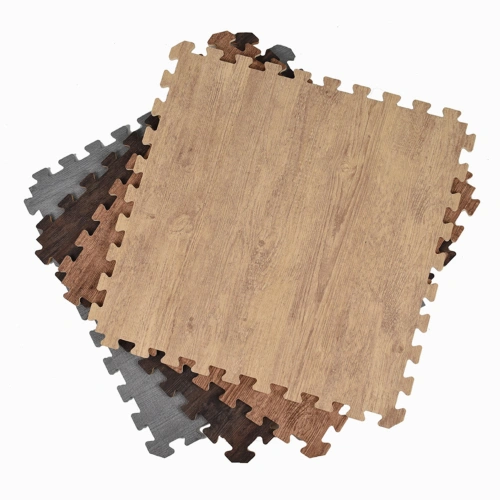 Foam tiles are a super popular option for basements because they are inexpensive, easy to install, and easy to replace. Modular foam tiles are found in dozens of different colors and can be laid out in fun and interesting designs and patterns. Foam tiles vary in size, thickness, and texture but are always a comfortable, fun, and stress-free option, especially for basement playrooms or game rooms.
Foam tiles are a super popular option for basements because they are inexpensive, easy to install, and easy to replace. Modular foam tiles are found in dozens of different colors and can be laid out in fun and interesting designs and patterns. Foam tiles vary in size, thickness, and texture but are always a comfortable, fun, and stress-free option, especially for basement playrooms or game rooms.
How to Install Interlocking Foam Tiles
Vinyl
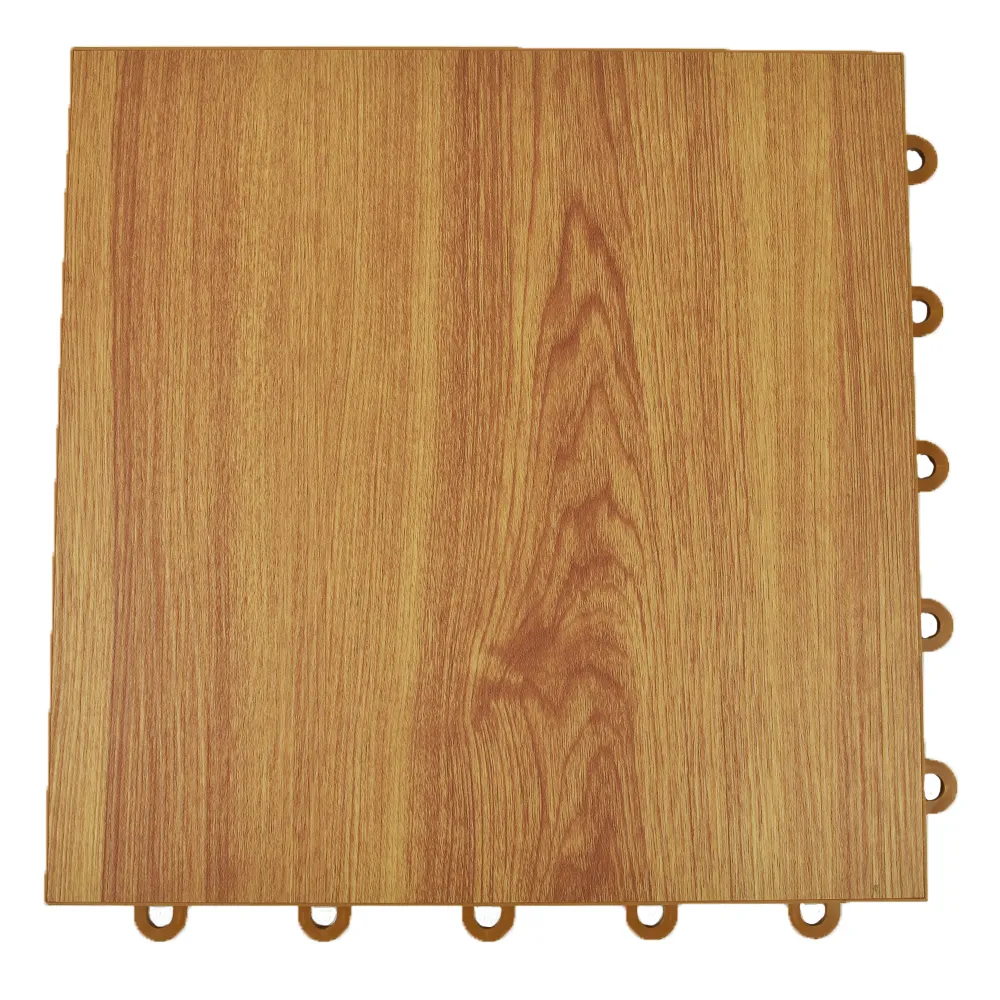 Another popular floating basement floor product is vinyl, which can be found in interlocking modular tiles in a variety of colors and styles. For example, vinyl floating tile systems exist in the style of wood, stone, marble, and more. Vinyl tiles make for comfortable yet classy and stylish basement floors.
Another popular floating basement floor product is vinyl, which can be found in interlocking modular tiles in a variety of colors and styles. For example, vinyl floating tile systems exist in the style of wood, stone, marble, and more. Vinyl tiles make for comfortable yet classy and stylish basement floors.
How to Install Vinyl Tiles
Carpet
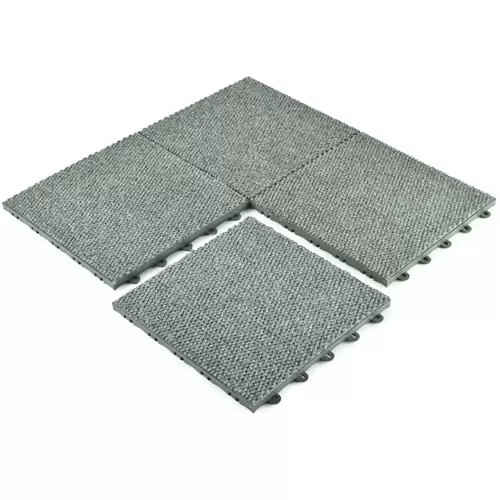 Carpet may not be the first thing that comes to mind when one thinks of a floating floor, but these days it can be bought in floating tile systems. With modular floating carpet tiles, one can forget the huge, cumbersome rolls and the laborious installation process. Floating carpet tiles are a homey, comfortable, and inviting option, and it is much more satisfying to know how easy the installation is.
Carpet may not be the first thing that comes to mind when one thinks of a floating floor, but these days it can be bought in floating tile systems. With modular floating carpet tiles, one can forget the huge, cumbersome rolls and the laborious installation process. Floating carpet tiles are a homey, comfortable, and inviting option, and it is much more satisfying to know how easy the installation is.
How to Install Raised Carpet Tiles
